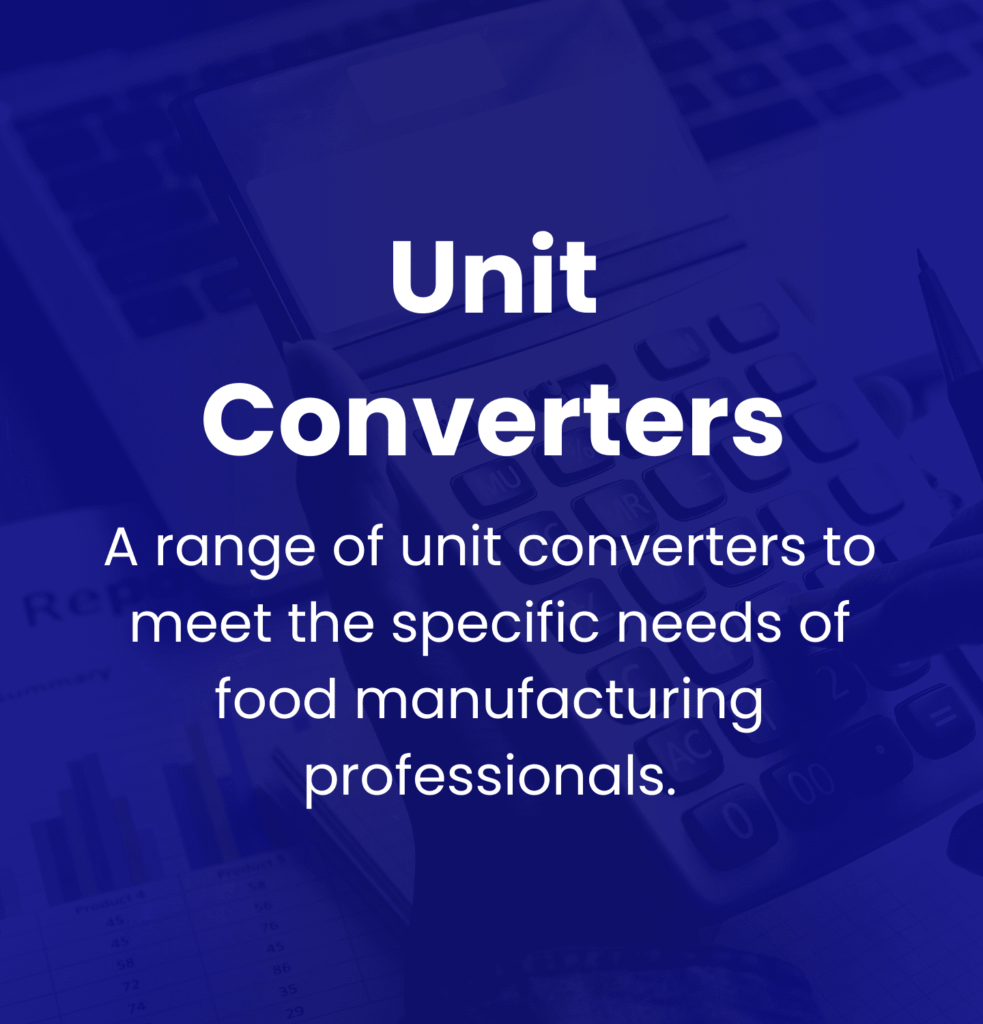Structured management is essential in food manufacturing. Establishing responsibilities and management authority is an integral part of creating a successful organisational structure. It ensures that decision-making power is distributed in an effective manner, while also providing clear accountability and escalation processes. In food manufacturing, an effective organisational structure should include a clear chain of command and clearly defined roles.
What is Structured Management?
Structured management is a process of establishing responsibilities and management authority in an organisation. In the food manufacturing industry, it is crucial to have a well-structured management system to ensure that all tasks are carried out efficiently and effectively. Structured management helps to create a clear chain of command by defining roles and responsibilities for each employee.
In structured management, managers delegate tasks and responsibilities to their subordinates based on their skills, knowledge, and experience. This approach ensures that every employee knows what they need to do, how they should do it, and who they should report to. By doing so, employees can work together more effectively as they follow established procedures.
Structured management helps organisations operate more smoothly by minimising confusion around decision-making processes. By defining the scope of authority for each role within an organisation’s hierarchy through structured management systems such as Standard Operating Procedures (SOPs), companies can avoid overlap or ambiguity when making decisions. This can improve communication among team members and increase productivity while reducing errors or inefficiencies in operational processes.
Defining Management Authority
Management authority refers to the designated person or group responsible for making decisions and enforcing policies in a particular area of the organisation. For example, a production manager may have management authority over all activities related to production, while a finance manager has the same authority over financial matters.
Defining management authority involves establishing clear lines of responsibility and accountability within an organisation. This requires defining roles and responsibilities for each member of staff in relation to their job functions. Once defined, these roles must be communicated clearly across all levels of the organisation so that everyone understands their position and how it relates to others.
Defining management authority is critical for food manufacturing companies that want to operate efficiently and effectively. It helps ensure that everyone knows their role and responsibility, avoids confusion or duplication of effort, promotes accountability at all levels of the organisation and ultimately leads to better overall performance.
Sign-up for the Food Industry Hub Mail Service
We regularly produce new content for food industry professionals, and the Food Industry Hub Mail Service is the best way to stay up to date with the latest additions.
Signup today to be added to the Food Industry Hub mailing list.
The Purpose of the Organogram
The organogram is an important tool in structured management, particularly within the food manufacturing industry. It outlines the hierarchy and reporting structure of a company, clearly defining roles and responsibilities for each employee. This helps to establish management authority while ensuring that everyone knows who they report to and who they are accountable to.
The purpose of an organogram is to facilitate communication, improve decision-making processes, and avoid confusion or misunderstandings between different departments or teams. By having a defined structure in place, it becomes easier for managers to assign tasks and delegate responsibilities effectively. In food manufacturing companies where there may be many employees working in different departments with specialised duties, an organogram ensures that everyone understands their specific role in the process.
An organogram is very helpful when it comes to structured management within food manufacturing companies. It provides clarity on roles and responsibilities while streamlining communication between teams. With this tool in place, businesses can remain organised and efficient even as they grow bigger with more complex hierarchies.
Establishing Responsibilities in line with Policies, Procedures, Work Instructions and Job Descriptions
In the food industry, it is crucial to establish responsibilities and management authority to ensure that every aspect of the process runs smoothly. Each employee should be aware of their roles and responsibilities as well as the policies, procedures, work instructions, and job descriptions that they need to follow.
The first step in establishing responsibilities is to create clear job descriptions for each position outlining tasks and expectations. This will avoid confusion or misunderstandings among employees. Policies and procedures come next in line; these documents provide guidelines on how things should be done, what to do in case of emergencies or incidents, as well as safety measures. They serve as a reference everyone can rely on when performing their duties.
Lastly, work instructions are necessary for specific tasks that require detailed steps to be followed. These can include anything from cleaning equipment to labelling products or preparing ingredients for recipes. Establishing responsibilities help managers delegate tasks more effectively while building trust between employees by knowing who is accountable for each task performed.
Benefits of Structured Management
Food manufacturing operations require structure in order to achieve efficiency and success. By establishing clear roles and responsibilities, employees are able to focus on their specific tasks and collaborate better as a team. Structured management also helps ensure compliance with food safety regulations and industry standards.
In a structured management approach, authority is clearly defined for each role within the organisation. This makes it easier for decision-making processes to be streamlined, allowing for quicker responses to issues that may arise during production. Additionally, structured management enables managers to identify areas of improvement by setting measurable goals for each department or team member.
All of this promotes accountability among employees. By providing clarity on job expectations and performance metrics, individuals are motivated towards achieving organisational objectives while at the same time receiving constructive feedback on their work performance. With this kind of system in place, food manufacturing companies can improve product quality while minimising risks associated with human error or issues of non-compliance.
Setting up communication channels is another key part of management structure in food manufacturing. It’s important to establish regular meetings between team members at different levels to discuss progress, address any issues or concerns, and share ideas for improvement. Effective communication ensures that everyone stays informed about changes within the company or any changes in regulations that could impact production processes.
Potential Drawbacks
One potential drawback of structured management in the food industry is that it can lead to a rigid and inflexible approach. When roles and responsibilities are strictly defined, employees may feel restricted in their ability to contribute outside of their designated scope. This can limit creativity and innovation within the organisation, hindering its ability to adapt to new challenges or opportunities.
Another potential drawback is that overly structured management systems can sometimes create a hierarchical culture that discourages feedback and communication. Employees may be hesitant to share ideas or concerns with higher-ups for fear of overstepping their boundaries or risking negative consequences. This lack of open communication can lead to missed opportunities for improvement, as well as an overall decrease in morale and engagement among team members.
A final potential drawback is the risk of inconsistencies arising from differing interpretations of roles and responsibilities. If there are gaps in understanding between departments or individuals regarding who is responsible for what tasks, important work may fall through the cracks or be duplicated unnecessarily. To mitigate this risk, it’s crucial for organisations implementing structured management systems to provide clear guidelines and training on role expectations across all levels of the organisation.
In Summary
Structured management is an essential element in food manufacturing. Establishing clear responsibilities and management authority helps to ensure that all activities are carried out with the highest level of efficiency and effectiveness. This is particularly important in the food industry where safety and quality standards must be upheld at all times.
Effective communication is also key. Ensuring that everyone involved understands their roles and responsibilities can prevent confusion or misunderstandings that could lead to costly mistakes or even dangerous situations. Additionally, having a clear chain of command can help facilitate decision-making processes, especially during incidents or emergencies.
Overall, implementing structured management practices can help food manufacturers streamline operations, improve safety and quality standards, as well as reduce costs associated with inefficiencies or errors – which will pay off in the long run by creating a more organised work environment for everyone involved.














